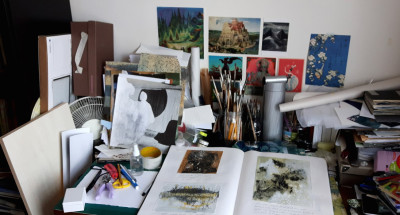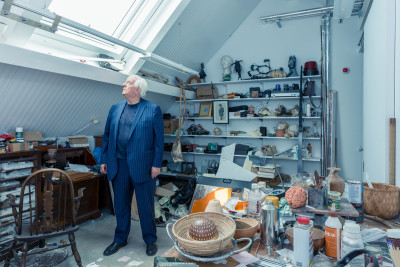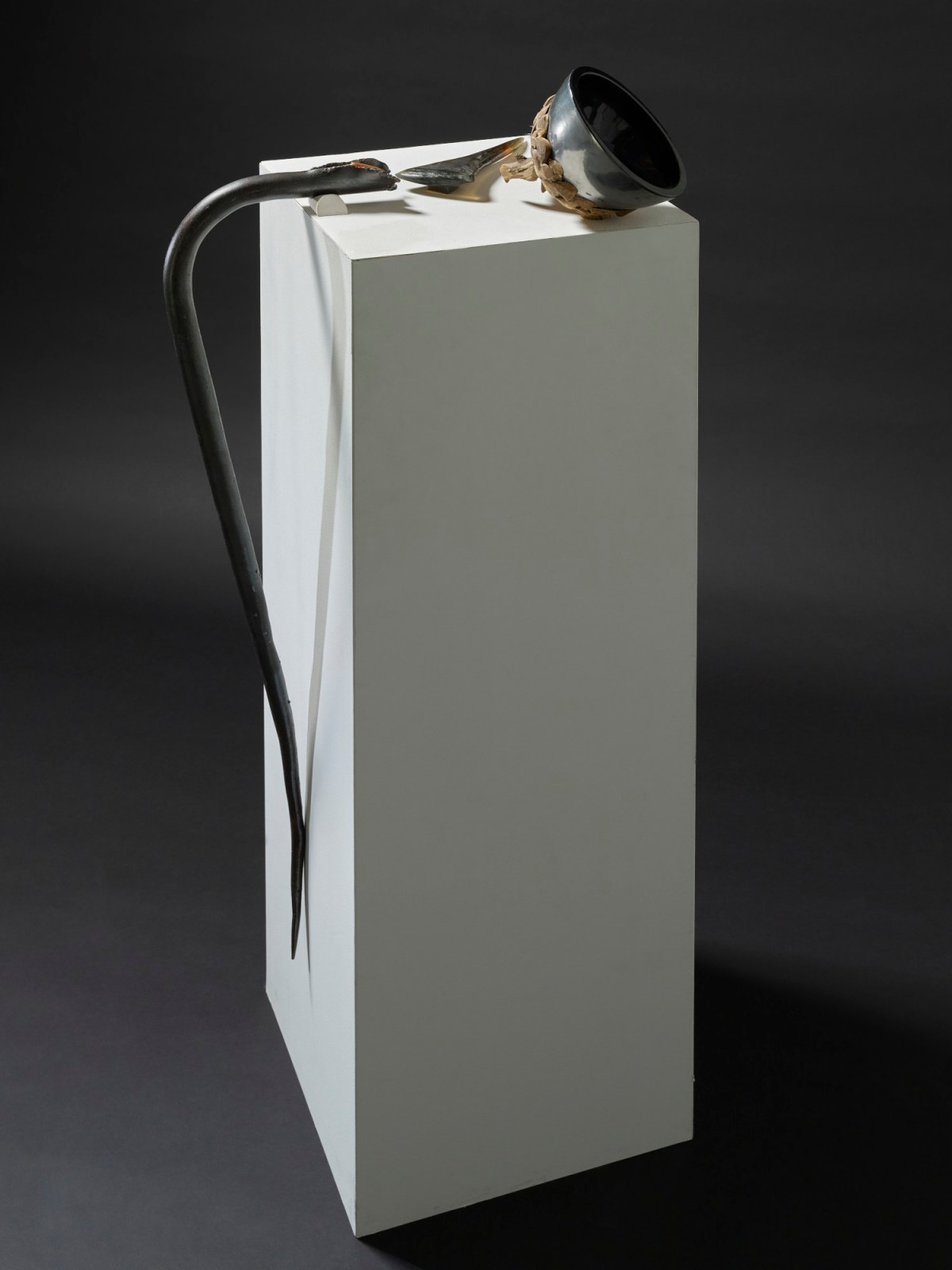
Brian Catling RA, Flea Bowl 2 (After Blake), 2016.
Steel, perspex, oak and glass. 1300 mm x 350 mm x 350 mm. © Photo: Royal Academy of Arts, London. Photographer: Paul Highnam.
This image is not available to download. To licence this image for commercial purposes, contact our Picture Library at picturelibrary@royalacademy.org.uk
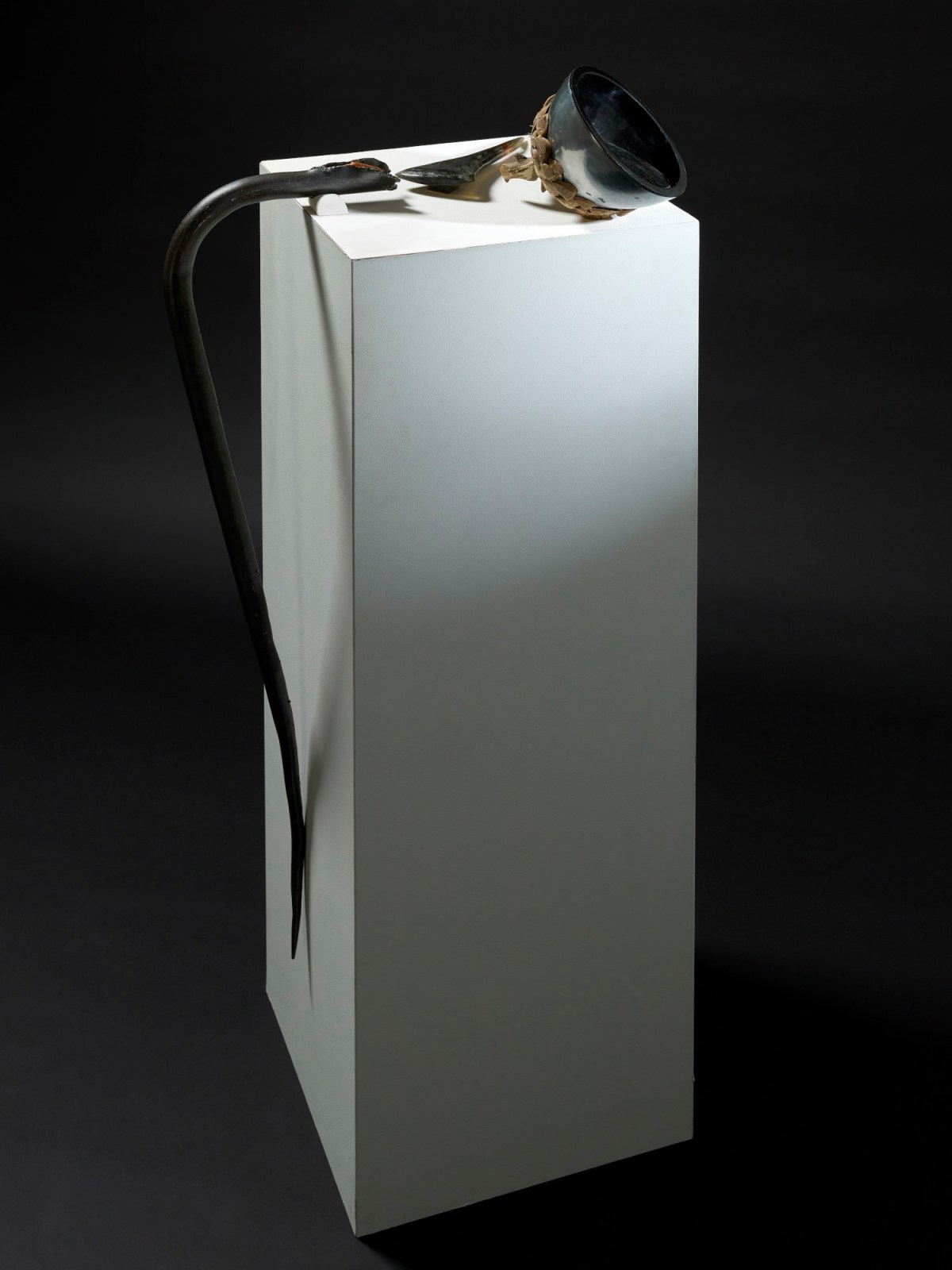
Brian Catling RA, Flea Bowl 2 (After Blake), 2016.
Steel, perspex, oak and glass. 1300 mm x 350 mm x 350 mm. © Photo: Royal Academy of Arts, London. Photographer: Paul Highnam.
This image is not available to download. To licence this image for commercial purposes, contact our Picture Library at picturelibrary@royalacademy.org.uk
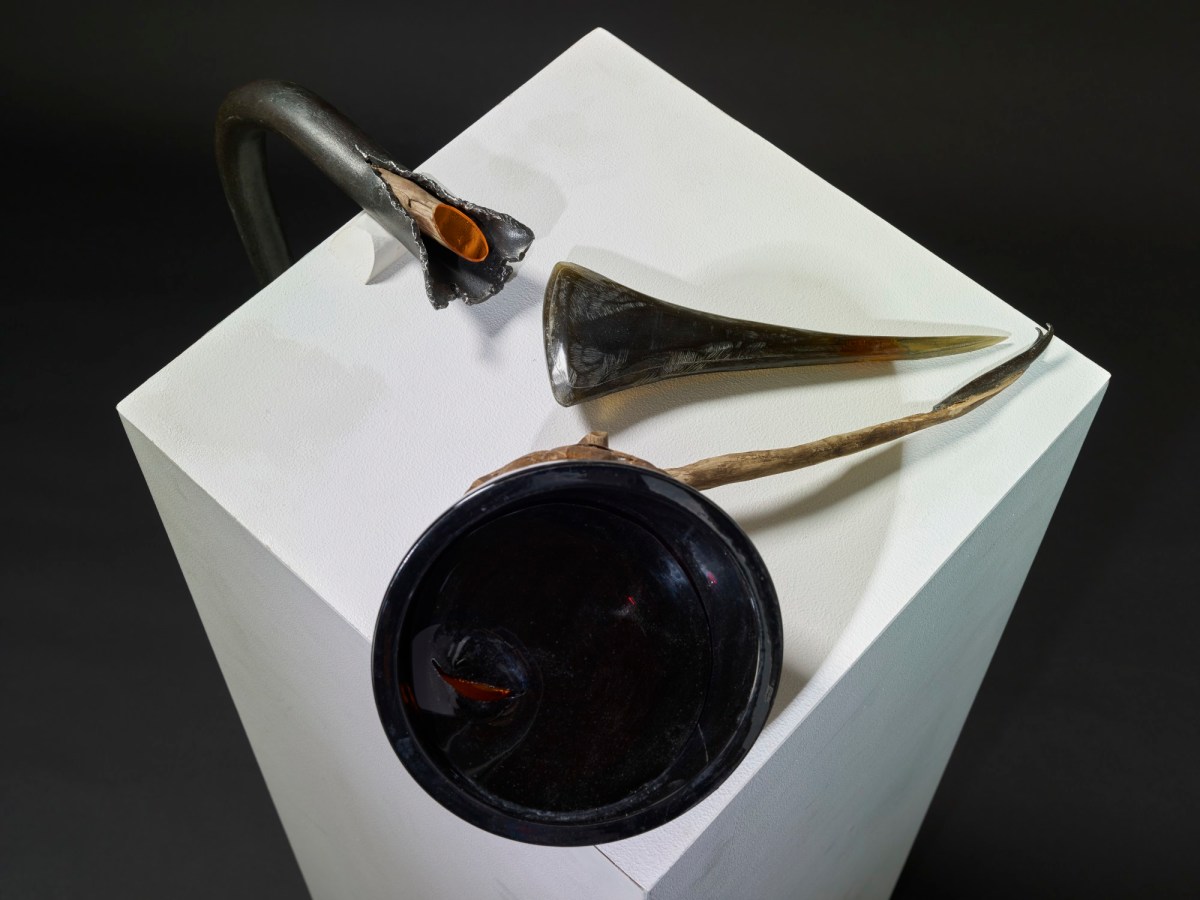
Brian Catling RA, Flea Bowl 2 (After Blake), 2016.
Steel, perspex, oak and glass. 1300 mm x 350 mm x 350 mm. © Photo: Royal Academy of Arts, London. Photographer: Paul Highnam.
This image is not available to download. To licence this image for commercial purposes, contact our Picture Library at picturelibrary@royalacademy.org.uk
Flea Bowl 2 (After Blake), 2016
Brian Catling RA (1948 - 2022)
RA Collection: Art
Flea Bowl 2 was inspired by William Blake’s The Ghost of a Flea from c.1819-20 in the Tate Collection (N05889), which stemmed from Blake’s vision of the creature he saw at home. In 2005 Catling was asked to contribute a poem for an exhibition at the Museum of Garden History called Cloud & Vision exploring Blake’s 10 years in Lambeth. He created an ‘illustrated’ poetry reading and also a sculpture: Flea Bowl (After Blake). He later returned to the theme in 2016 creating Flea Bowl 2 (After Blake), which was first exhibited at the 2016 Summer Exhibition, alongside the first Flea Bowl.
Catling says he returned to the theme after he looked at the painting again and realised the cup looks like an acorn, and the beast is holding a thorn rather than his tail as he previously thought. These elements emerge in Catling’s second Flea Bowl sculpture: the bowl that looks like an acorn holding blood, a thorn and the tail of the creature.
The sculpture is composed of a combination of fabricated and found objects: the glass bowl and an old tool that became the hook, he added at the last minute. He layered Perspex to achieve the effect of different colours within the bowl with bright Perspex underneath another layer. The tail is in forged steel. Catling says he worked on the sculpture on and off for two months saying of an earlier stage ‘I knew it wasn’t enough like this; I had to become more engaged in the making of it… I’m trying things and moving them around seeing what might happen… and then it suddenly clicks.’
Blake’s The Ghost of a Flea was also the inspiration for Catling’s series of small flea paintings in egg tempera which led to his Cyclopes series, also in egg tempera. Catling says of Blake: ‘Blake is always unexpected. If you think you know all the works, you’re wrong. There’s always something that comes up; if it’s not a new work, then an old work will appear in a different kind of way. There are certain works I’m completely obsessed by and I don’t know how he made them. I don’t know how he made them at that time because there’s nothing like them: they’re completely original. I think his thing was originality.’
Object details
1300 mm x 350 mm x 350 mm
Start exploring the RA Collection
- Explore art works, paint-smeared palettes, scribbled letters and more...
- Artists and architects have run the RA for 250 years.
Our Collection is a record of them.
